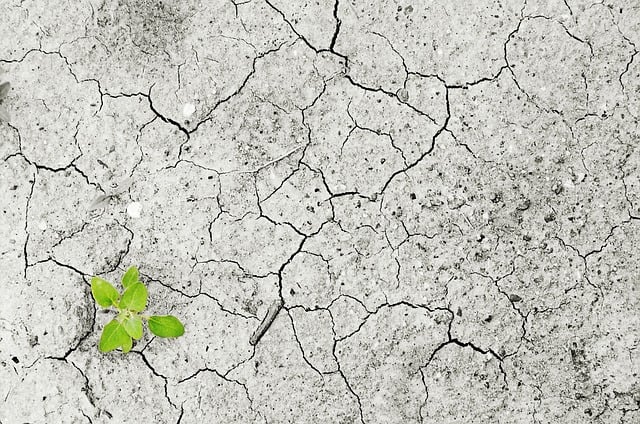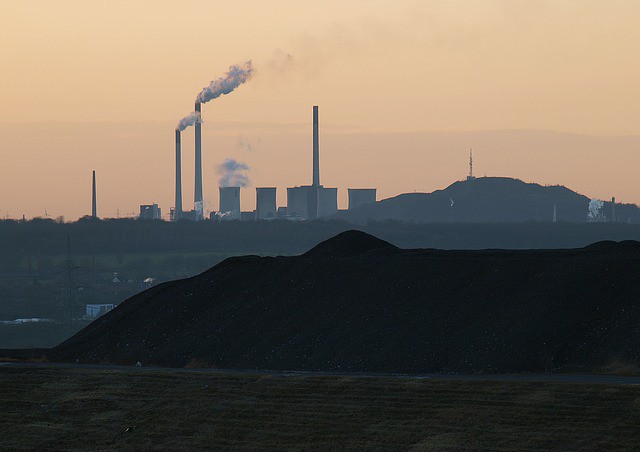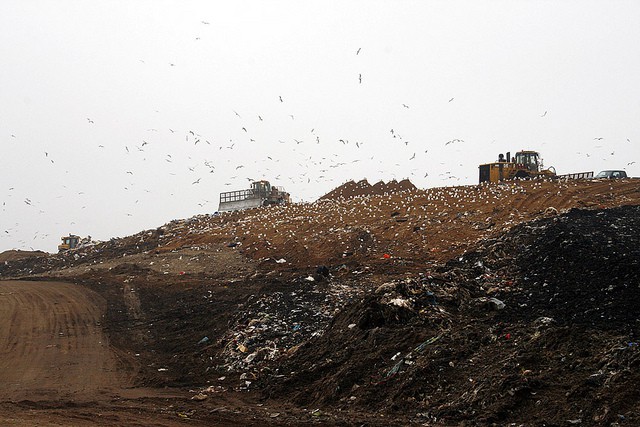Causes and Effects of Most Common Air Pollutants

Air pollutants are substances in the air which pose adverse risks to human health and have the potential of damaging the ecosystem. The substances are in the form of gases, liquid droplets, or solid particles and are either naturally occurring or anthropogenic. They primarily originate from various sources such as volcanic eruptions, exhaust from automobiles, emissions from industries, and so on.
The pollutants are generally grouped into primary and secondary pollutants. Primary pollutants are directly produced from a source such as sulfur emissions from industries while secondary pollutants are produced as a result of reactions in the atmosphere. An example of a secondary pollutant is ground level ozone.
Causes and Effects of Common Air Pollutants
Here are the common air pollutants in the atmosphere together with their causes and effects.
- Carbon Monoxide (CO)
Carbon monoxide (CO) is mainly produced from engines, vehicles, and manufacturing plants during the combustion of fossil fuels, oils, and natural gas, especially due to incomplete combustion. Waste incinerators and burning of coal, traditional biomass and wood also release carbon monoxide into the atmosphere.
Carbon monoxide lessens the amount of oxygen reaching the body’s tissues and organs thus resulting in respiratory problems, worsen heart disease, and can even lead to death.
- Nitrogen Dioxides (NO2)
Nitrogen dioxides (NO2) are caused by high-temperature combustions. The main causes are from fuel combustions in industries and manufacturing plant’s boilers, vehicles, and electrical utilities. They are also produced during electric discharge and thunderstorms.
They are commonly seen as reddish-brown toxic gases with a sharp odour. Nitrogen dioxides aggravate lung diseases resulting in respiratory symptoms and elevated susceptibility to respiratory infections.
- Sulfur Oxides (SOx)
Sulfur oxides (SOx) are produced in numerous industrial processes and from fuel combustion, particularly the combustion of high-sulfur coal. Volcanic eruptions and electrical utilities also release sulfur oxides. The presence of SOx in the atmosphere worsens asthma and causes breathing difficulties.
It also leads to the formation of particulate matter which exacerbates heart disease ad may lead to premature death. Sulfur a causative agent for acid rain, which is a big environmental concern.
- Lead (Pb)
Lead (Pb) is mainly released into the atmosphere by metal refineries (smelters) and metal manufacturing plants. Combustion of leaded natural gas in vehicle’s piston engine aircraft, battery manufacturing, and waste incinerators also cause the release of lead into the atmosphere.
Lead impairs the development of the nervous system which leads to IQ loss and affects memory, learning, and behavior in children. Lead also results in renal and cardiovascular impacts in adults and increases the risks of developing anemia.
- Volatile Organic Compounds (VOCs)
Volatile Organic Compounds (VOCs) are given out by solvents and paints as they dry and are also released from industrial processes. VOCs are categorized into two: Methane (CH4) and non-methane (NMVOCs). Methane is a potential greenhouse gas highly associated with global warming. The NMVOCs like benzene, xylene and toluene are believed to be carcinogens and may result in leukemia when the exposure is relatively long.
- Particulate Matter (PM)
Particulate matter (PM) or particulates are created through various fuel combustions, chemical reactions, farming, industrial processes, road constructions, dust storms, volcanic eruptions, wildfires, and from unpaved roads. They simply defined as tiny liquid or solid particles suspended in the air.
The combination of these particles and the air forms particulate matter. High levels of particulate matter in the atmosphere are associated with health hazards such as lung cancer, heart disease, and sometimes premature death.
- Chlorofluorocarbons (CFCs)
The majority of chlorofluorocarbon (CFCs) emitting products have been banned from use. However, refrigerators, air conditioners, and aerosol sprays release CFC gases. Once in the atmosphere, CFCs reacts with other gases and damages the ozone layer. As such, harmful ultraviolet rays reach the earth surface leading to skin cancer, eye disease, and may even damage plants.
- Ground Level Ozone
Ground level ozone is a secondary pollutant created by the chemical reaction of NOx and VOCs in the presence of sunlight, especially at high temperatures. Highest ground level ozone formations are experiences during hot months.
Inhaling ozone can cause a range of health disorders such as worsening of lung functions and respiratory disorders like acute coughing, chronic bronchitis or asthma. Ground-level ozone is also a major ingredient of climate change and global warming.
- Ammonia (NH3) and Odours
Ammonia (NH3) emanates from agricultural processes and is characterized by a pungent odour. It is also released from the production of pharmaceuticals. Ammonia is highly corrosive and also reacts with oxides of sulfur and nitrogen to form secondary particles in the atmosphere. It changes in the soil PH, leading to the death of plants due to unfavorable soil conditions. Ammonia can also lead to the contamination of surface waters, negatively impacting marine life.
Odours are emitted from garbage, sewage, and industrial processes. Odours are associated with difficulties in breathing and reduction in air quality.






